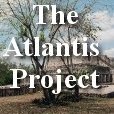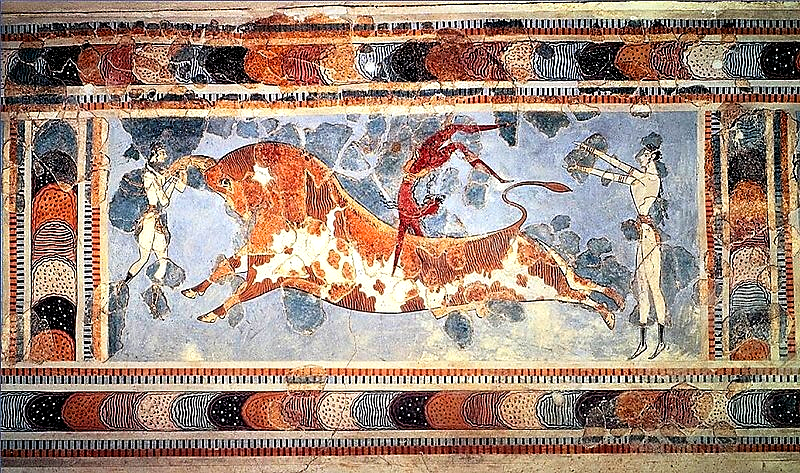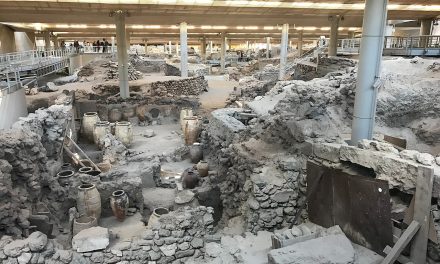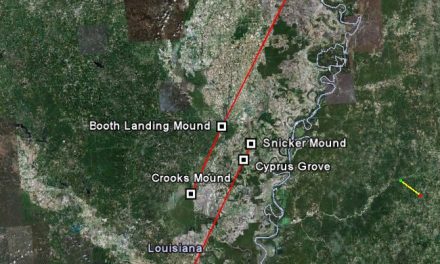Who were the Minoans? From 2700 to 1600 BC, the Minoan Civilization flourished on the island of Crete (a part of Greece) . Remnants also existed on other Aegean Islands as part of the Aegean Bronze Age. The Minoan Civilization had sizable and elaborate palaces. Some as high as four stories. The civilization’s name comes from the legendary Minos, the King of Crete as outlined in Greek mythology. Minos was the son of Zeus and Europa and was said to be advised by Zeus himself.
Significantly, the Minoans go down in history for being the first civilization to appear on European land. They also were the first civilization to implement plumbing and running water. However, an epic volcanic explosion devastated the small island of Thera. Crete was located about 62 miles from the island of Thera. Many people believe Thera was Atlantis. This natural disaster caused major ruins of the civilization, causing it to be weakened. There is a lot of speculation that the Minoans were related to the Atlanteans.
Mystery of the Minoans
Whatever happened to these people isn’t exactly set in stone, since no skeletons have ever been found. As a part of the speculation surrounded by the whereabouts of the Minoans, many believe that the volcanic explosion made them easier, pinpointed targets to the Mycenaeans. Art represented by the Mycenaean culture was later found on items that were traded from their land. This only adds to the thought of the Minoan civilization being invaded by the Mycenaeans.
Linear A Script
In 1886 Arthur Evans, a prominent archaeologist found an ancient stone engraved with an unknown language. When excavating a Minoan ruins in Crete he found two similar writing systems to that on the engraved stone he had been five years earlier. He named them Linear A and Linear B. Evans was able to figure out that Linear A came before Linear B. He also deduced that Linear A was generally used in administrative and religious text. Despite all this information, Evans was unable to decipher Linear A and B.
In 1950 Alice Kober, an archaeologist from America was able to figure out the grammatical similarities to some symbols in Linear B. Since Linear A’s language was a predecessor to Linear B, this did not help with the deciphering of the ancient stone. When scholars tried to use the decipher symbols from Linear B to figure out what Linear A said, it was just a garbled mess. Since 1950 scholars all of the the world have tried to figure out the language of Linear A, but it appears to be unrelated to any known language which has made deciphering it impossible. Perhaps this was the language of Atlantis







